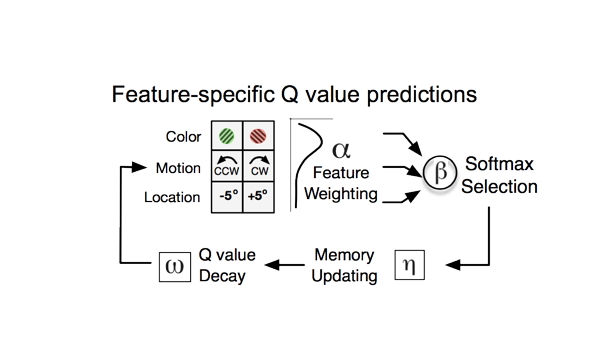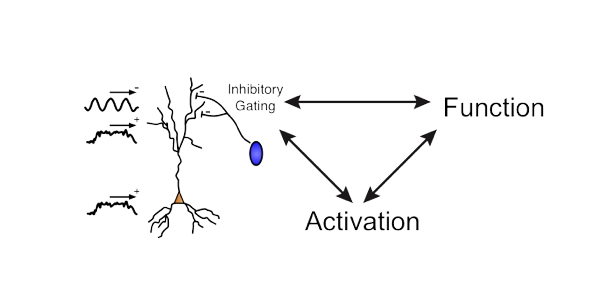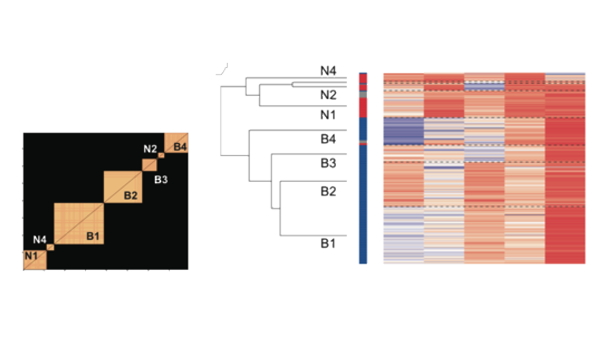The lab has a new publication showcasing and describing details of Quaddles: A multidimensional 3D object set with parametrically-controlled and customizable features. Quaddles have 5+ feature dimensions, each with multiple possible feature values that can be parametrically morphed, making it possible to generate a near arbitrary number of unique objects. Thanks to Marcus and Milad to drive this publication to the current level – all scripts used to generate Quaddles are online available here.







